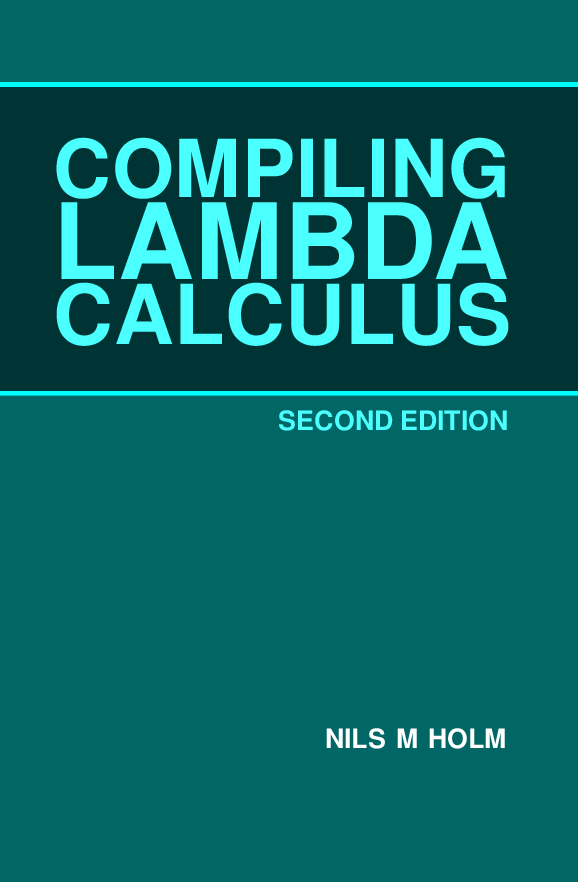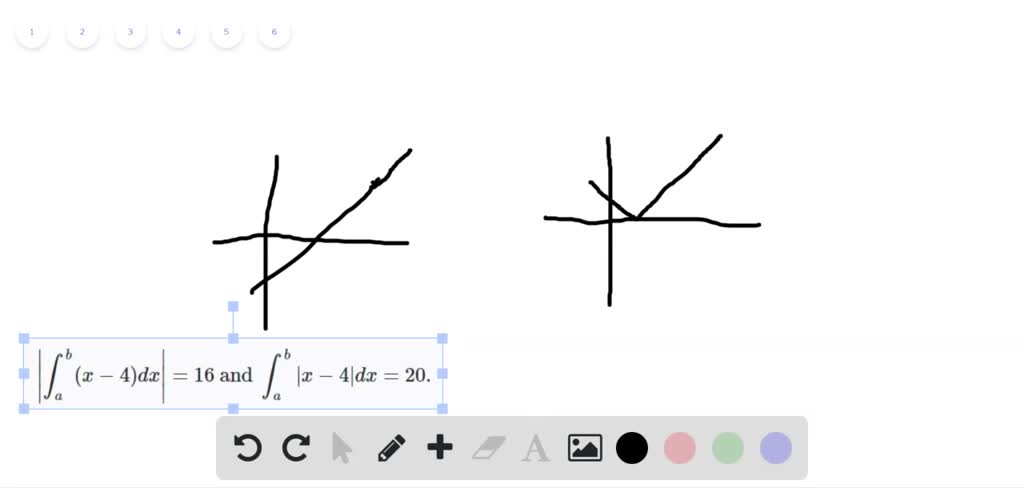

The lambda symbol (Greek letter "L") does not stand for a word or abbreviation, but arose via a reference to Russell's Principia Mathematica followed by two typographical alterations. Thanks to Richard Montague and other linguists' applications in the semantics of natural language, the λ-calculus has begun to enjoy a respectable place in both linguistics and computer science. Until the 1960s when its relation to programming languages was clarified, the λ-calculus was only a formalism. In 1940, he also introduced a computationally weaker, but logically consistent system, known as the simply typed lambda calculus. Subsequently, in 1936 Church isolated and published just the portion relevant to computation, what is now called the untyped lambda calculus. Rosser developed the Kleene–Rosser paradox. The original system was shown to be logically inconsistent in 1935 when Stephen Kleene and J. The lambda calculus was introduced by mathematician Alonzo Church in the 1930s as part of an investigation into the foundations of mathematics. Lambda calculus is also a current research topic in Category theory. Functional programming languages implement the lambda calculus.

Lambda calculus has played an important role in the development of the theory of programming languages. Lambda calculus has applications in many different areas in mathematics, philosophy, linguistics, and computer science. One reason there are many different typed lambda calculi has been the desire to do more (of what the untyped calculus can do) without giving up on being able to prove strong theorems about the calculus. Typed lambda calculi are weaker than the untyped lambda calculus, which is the primary subject of this article, in the sense that typed lambda calculi can express less than the untyped calculus can, but on the other hand typed lambda calculi allow more things to be proved in the simply typed lambda calculus it is, for example, a theorem that every evaluation strategy terminates for every simply typed lambda-term, whereas evaluation of untyped lambda-terms need not terminate. In typed lambda calculus, functions can be applied only if they are capable of accepting the given input's "type" of data. Its namesake, the Greek letter lambda (λ), is used in lambda expressions and lambda terms to denote binding a variable in a function. Lambda calculus is Turing complete, that is, it is a universal model of computation that can be used to simulate any Turing machine.

Replacing the bound variable with the argument expression in the body of the abstraction Renaming the bound (formal) variables in the expression. For some applications, terms for logical and mathematical constants and operations may be included.

Parentheses can be dropped if the expression is unambiguous. Producing expressions such as: (λ x.λ y.(λ z.(λ x. The variable x becomes bound in the expression.Īpplying a function to an argument. In the simplest form of lambda calculus, terms are built using only the following rules:Ī character or string representing a parameter or mathematical/logical valueįunction definition (M is a lambda term). Lambda calculus consists of constructing lambda terms and performing reduction operations on them. It was first introduced by mathematician Alonzo Church in the 1930s as part of his research of the foundations of mathematics. It is a universal model of computation that can be used to simulate any Turing machine. Lambda calculus (also written as λ-calculus) is a formal system in mathematical logic for expressing computation based on function abstraction and application using variable binding and substitution.


 0 kommentar(er)
0 kommentar(er)
